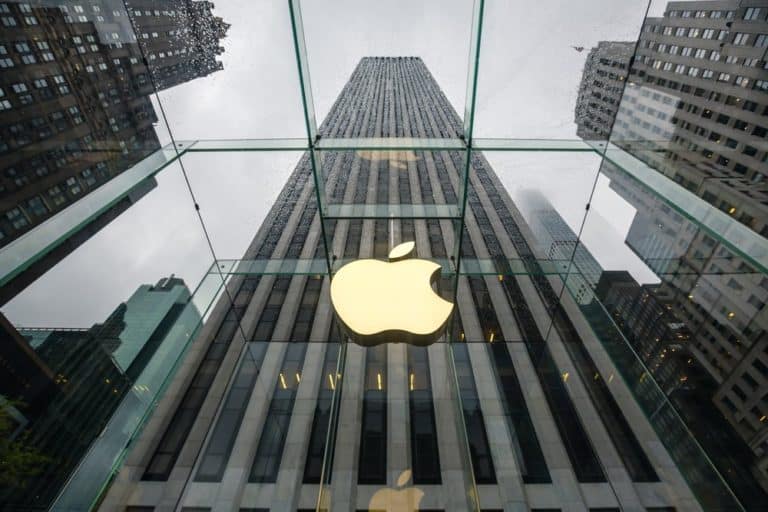Apple CEO Tim Cook has confirmed that the Apple Card, Apple’s own credit card, will roll out next month. Earlier there were rumours that the credit card would appear at the beginning of August.
At the moment there is a beta test of the map, says Cook opposite TechCrunch. Thousands of Apple employees use Apple Card every day in our beta test and we plan to start rolling it out in August.
The Apple Card was announced in March this year. The card is a credit card, for which we collaborated with Goldman Sachs and Mastercard. The card is on a phone in the Wallet app, making users pay with it.
Operation
The Wallet app shows how much money is available and how much has already been spent. Thanks to machine learning and Apple Maps, it is also possible to see at which shop and at which location payments have been made. For example, we need to provide more insight into our own payments. It is also possible to see the expenditure per category.
The Apple Card also includes a Daily Cash reward programme. If the service pays, Apple will return a small amount of money to the user. These include 2 percent of purchases from third parties and 3 percent of Apple services and products. The collected money can be spent on everything.
All payments must be confirmed with Touch ID or Face ID. Apple itself does not keep records of purchases on its servers and Goldman Sachs does not sell the data from the service to third parties for marketing or advertising purposes.
Physical card
Apple Card is not only a service, but there will also be a titanium card. There is no number or other information on that card, just the name of the owner and a chip. The card is linked to the service itself.
Whether the map will also be launched in August is not clear. It is also not known whether the Apple Card will come to Europe.
This news article was automatically translated from Dutch to give Techzine.eu a head start. All news articles after September 1, 2019 are written in native English and NOT translated. All our background stories are written in native English as well. For more information read our launch article.